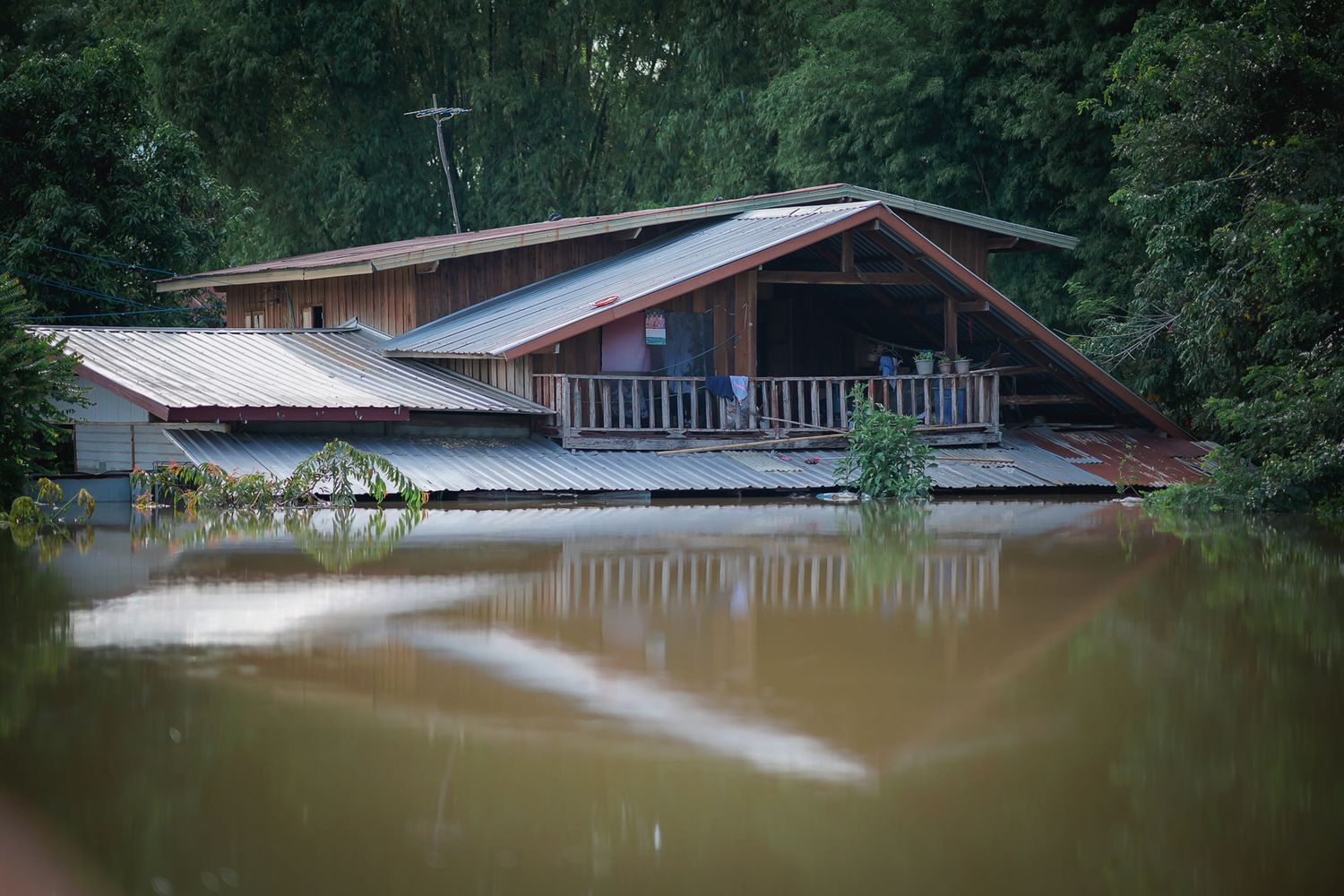
The Engineering Institute of Thailand has sent volunteers to inspect flood-damaged houses and buildings in Ubon Ratchathani province.
Led by the institute's secretary-general, Thanes Veerasiri, the team will arrive in the province today with a mission to inspect structural damage to houses, temples, schools, hospitals and other infrastructure.
The trip, involving around 100 engineers who have volunteered their services, will last until Friday.
Flooding in 32 provinces has already subsided, said Mr Thanes, although the situation in four provinces — Ubon Ratchathani, Roi Et, Yasothon and Si Sa Ket — remains worrying, he added.
"Residents in Ubon Ratchathani still cannot return to their homes. We hope our expertise and help can help to alleviate the situation," he said.
The province was the hardest hit by the Podul and Kajiki tropical storms that battered the north last month. It is estimated that 400 houses were severely damaged by floods caused by run-off from the river, and 5,000 houses are affected to the point where their owners cannot yet return to live in them.
The volunteer engineers will mark flood-damaged areas and create a digital map that will allow engineers to run structural damage assessments using virtual tools.
In another development, the Ubon Ratchathani governor on Tuesday ordered the flood gates in Pak Mun Dam to be closed, indicating that floodwater has started to subside.
Closing the dam's sluice gate is done to store water for the farm sector.
Thienchai Buddharangsri, the provincial governor, asked the Electricity Generating Authority of Thailand, the operator of this hydro-electric dam, to close the sluice gates which have been open since last month after the massive run-off water in Mun River.
The move came after the water level in Mun River dropped to 109 metres above mean sea level, which is lower than its seasonal average of 112.